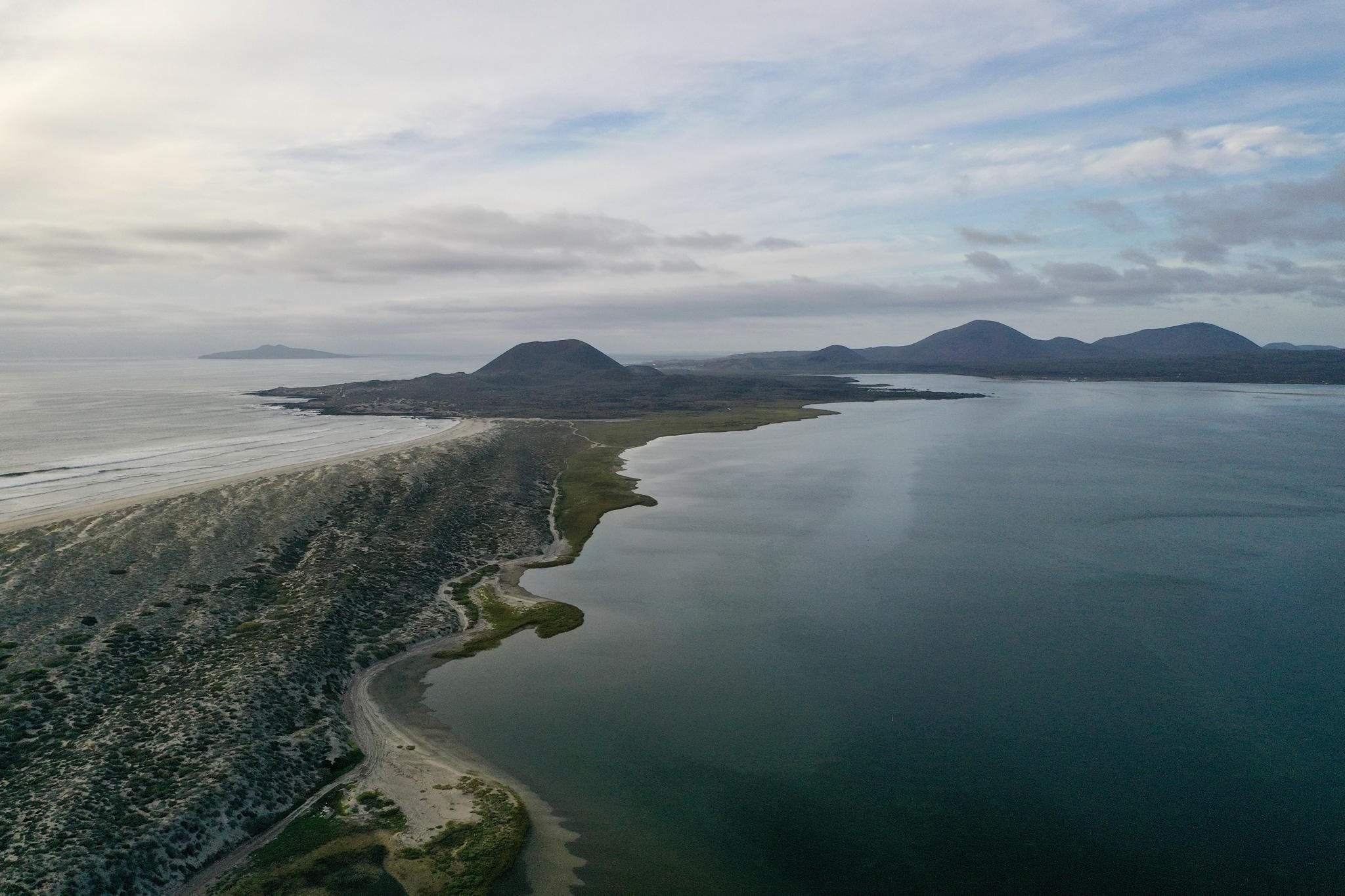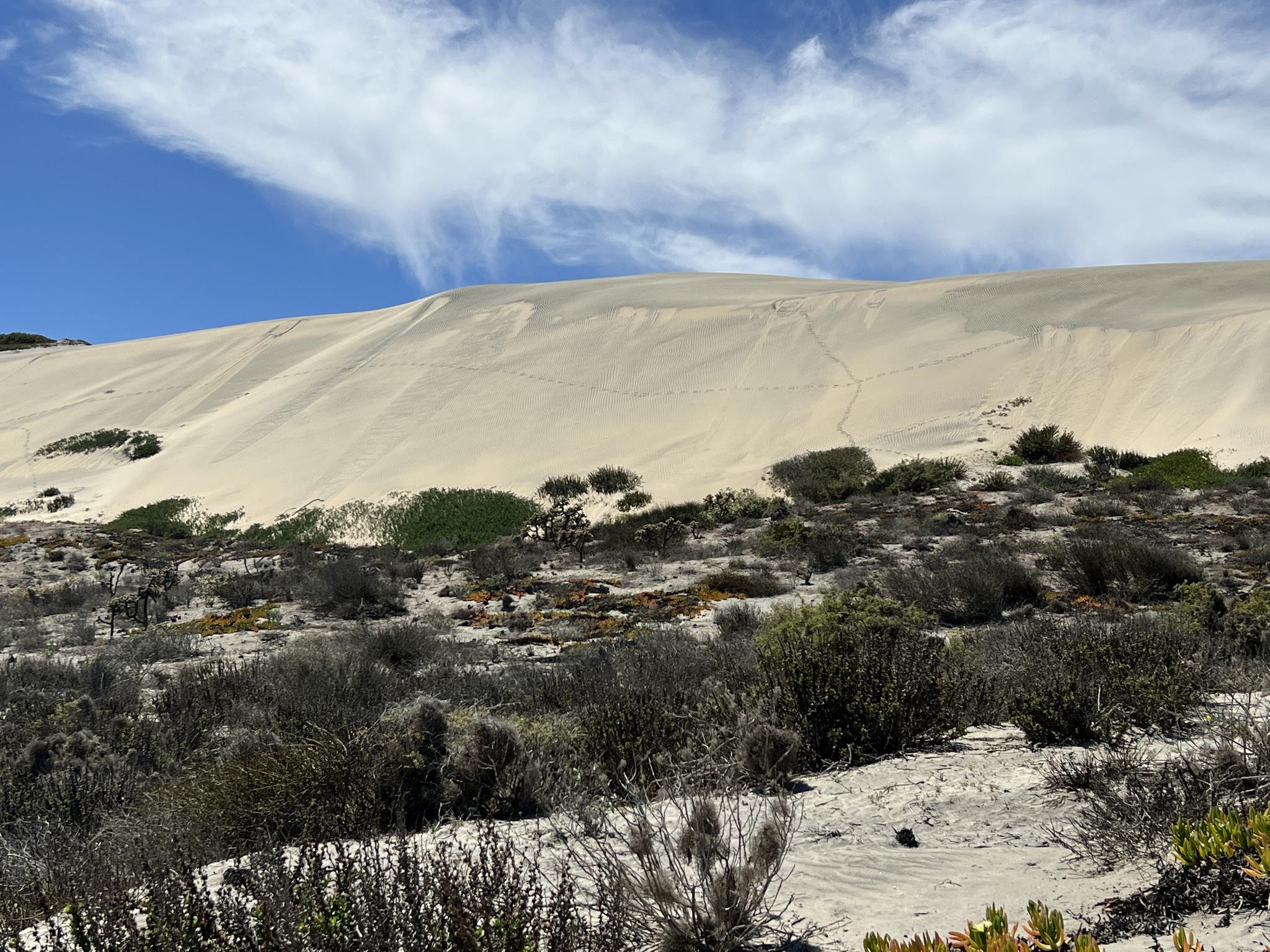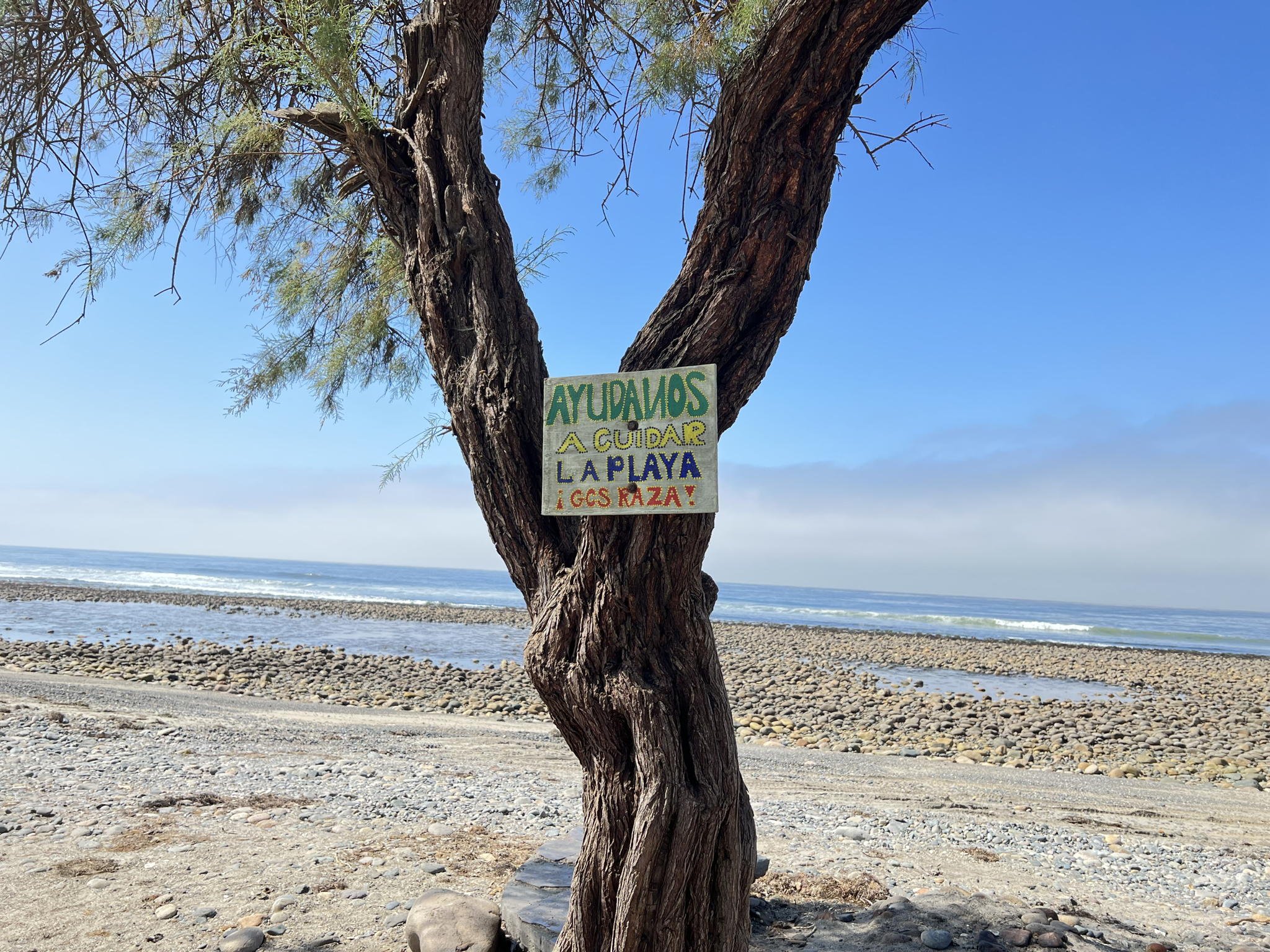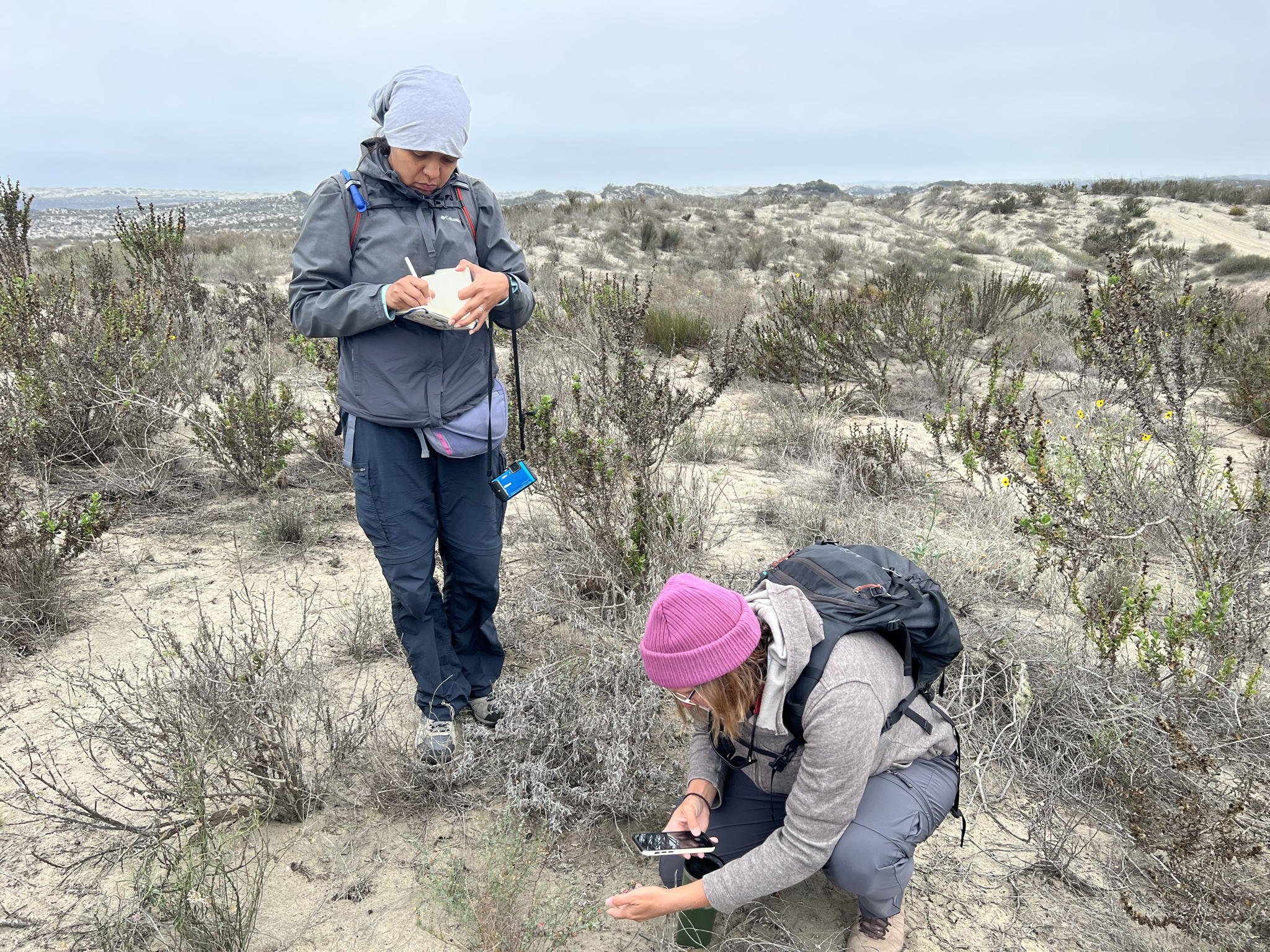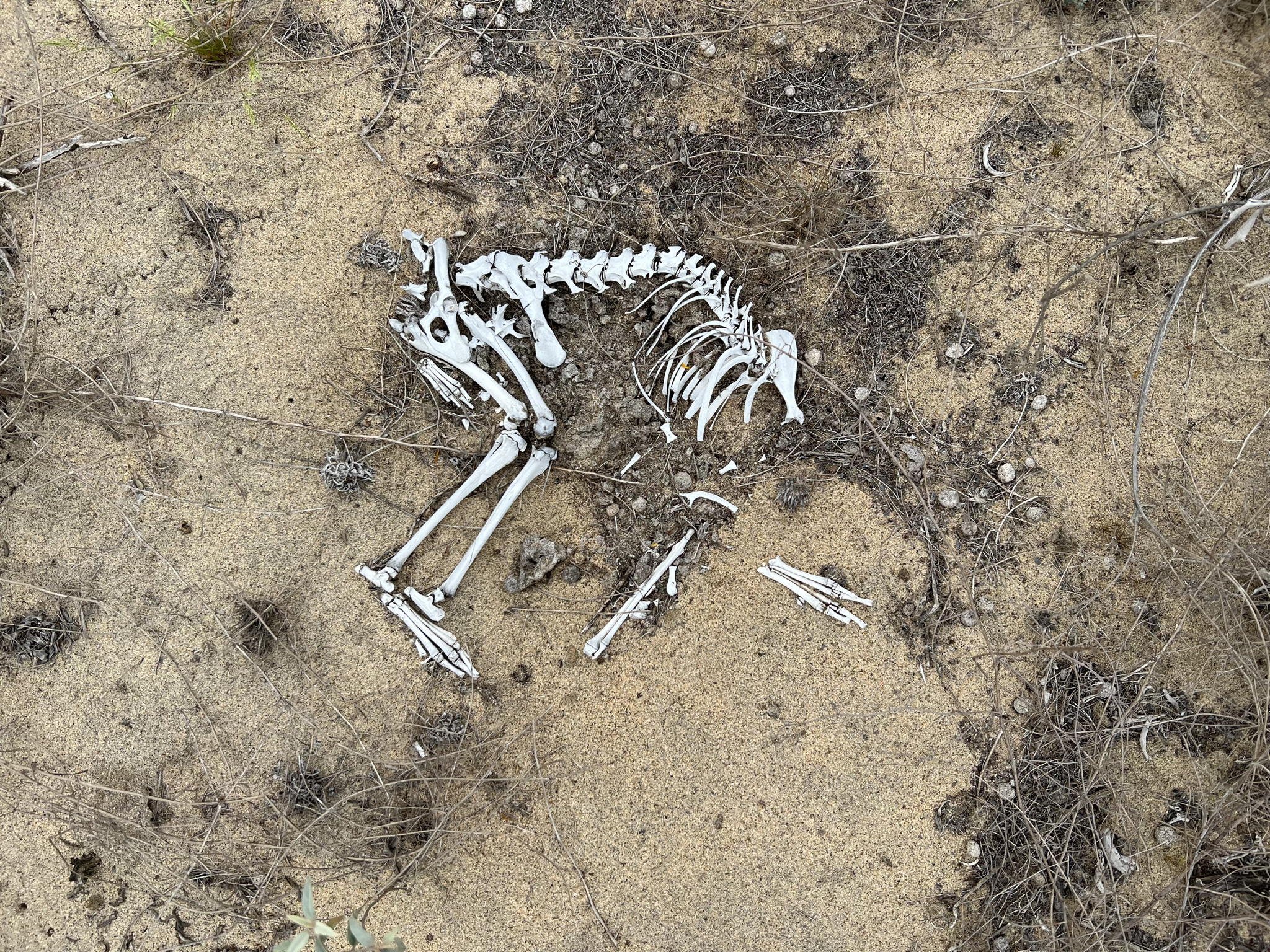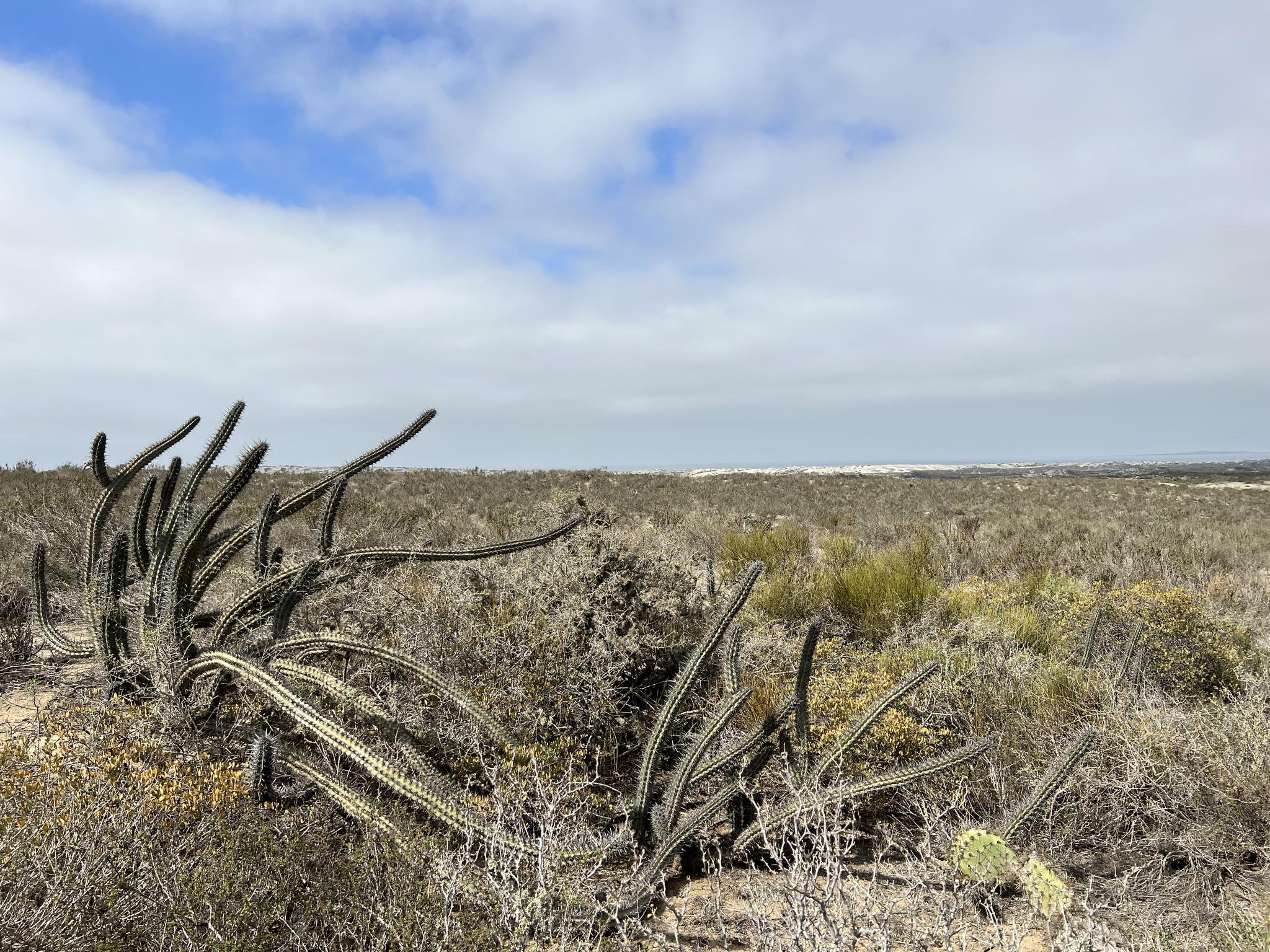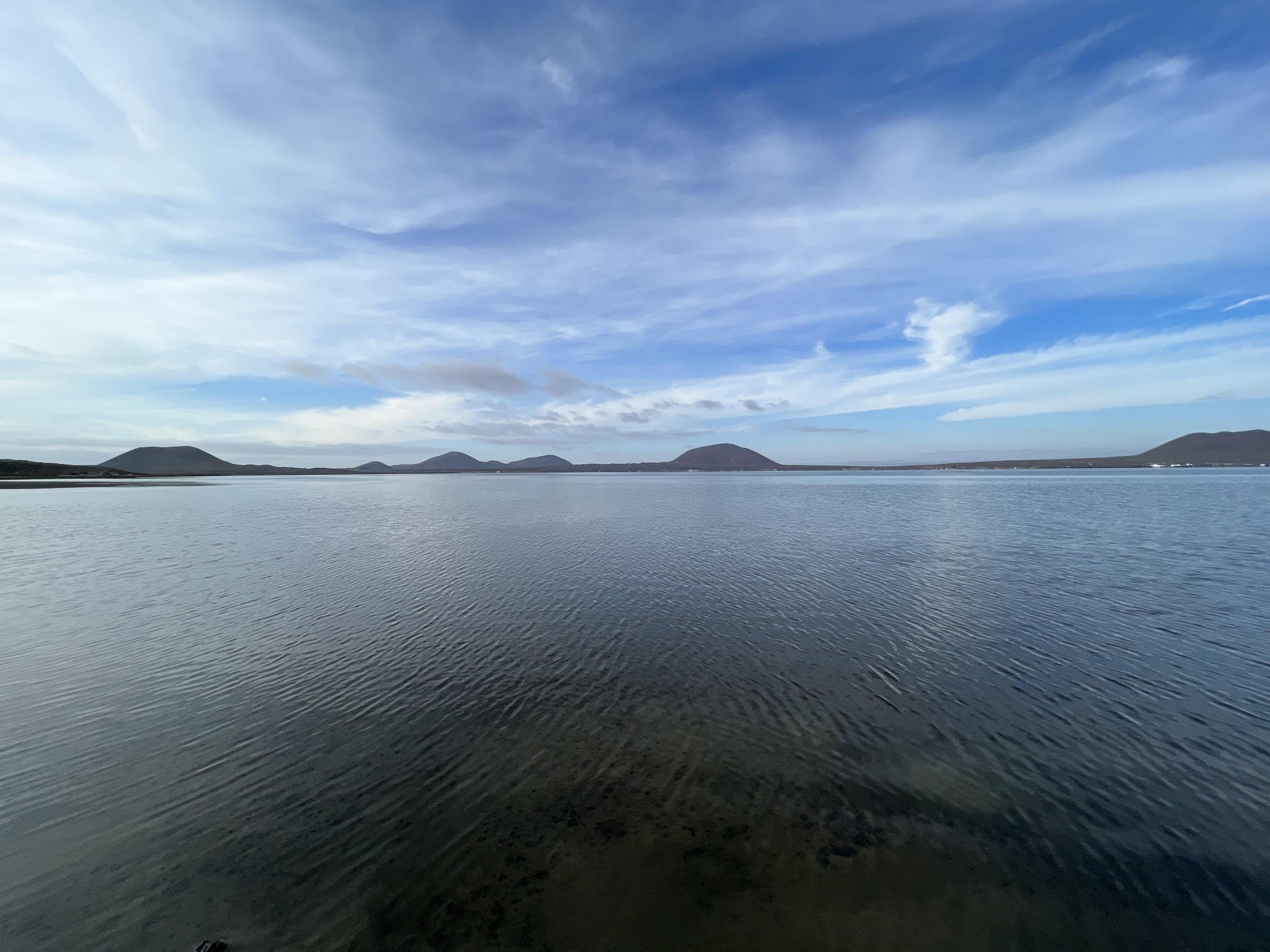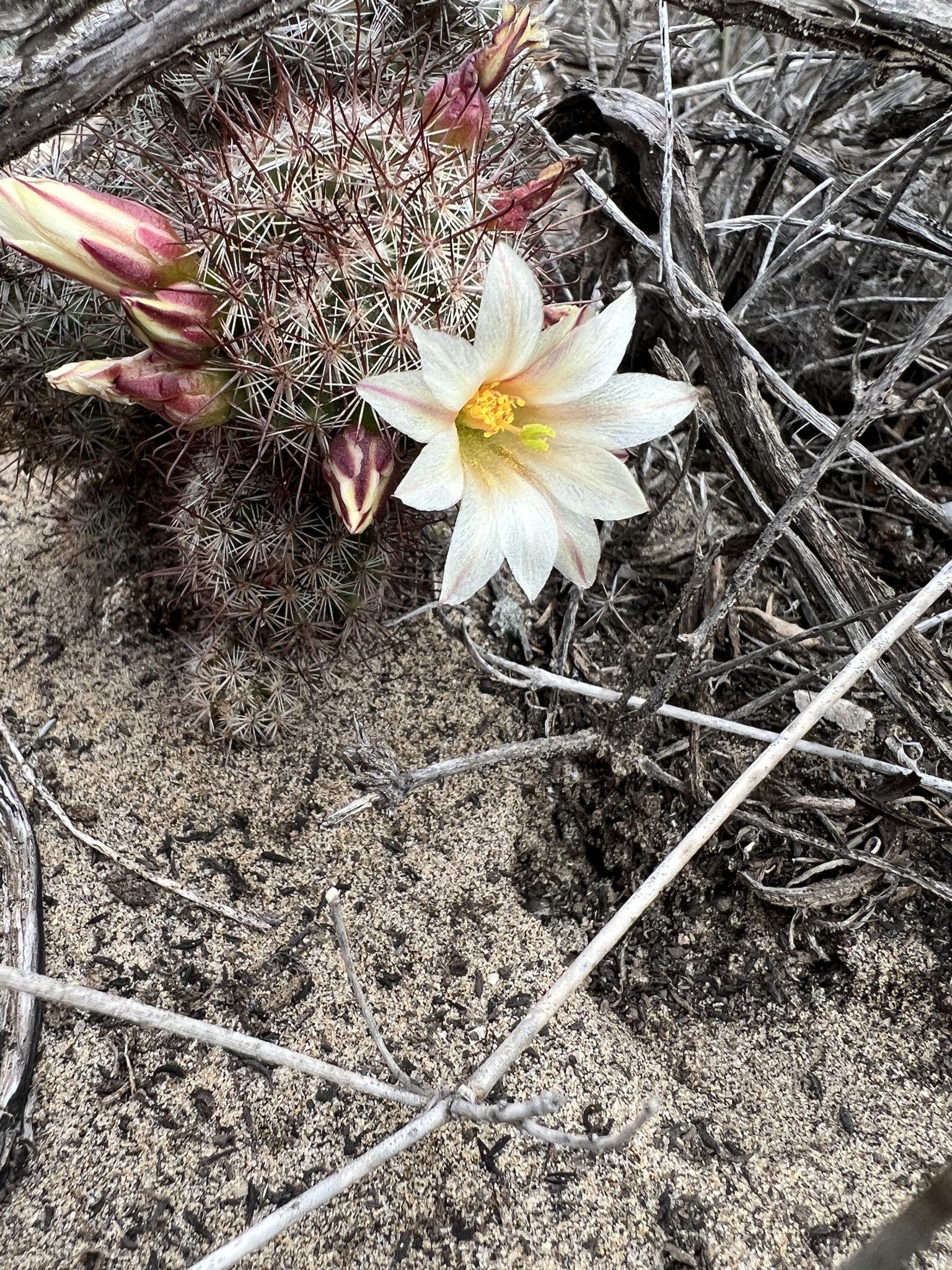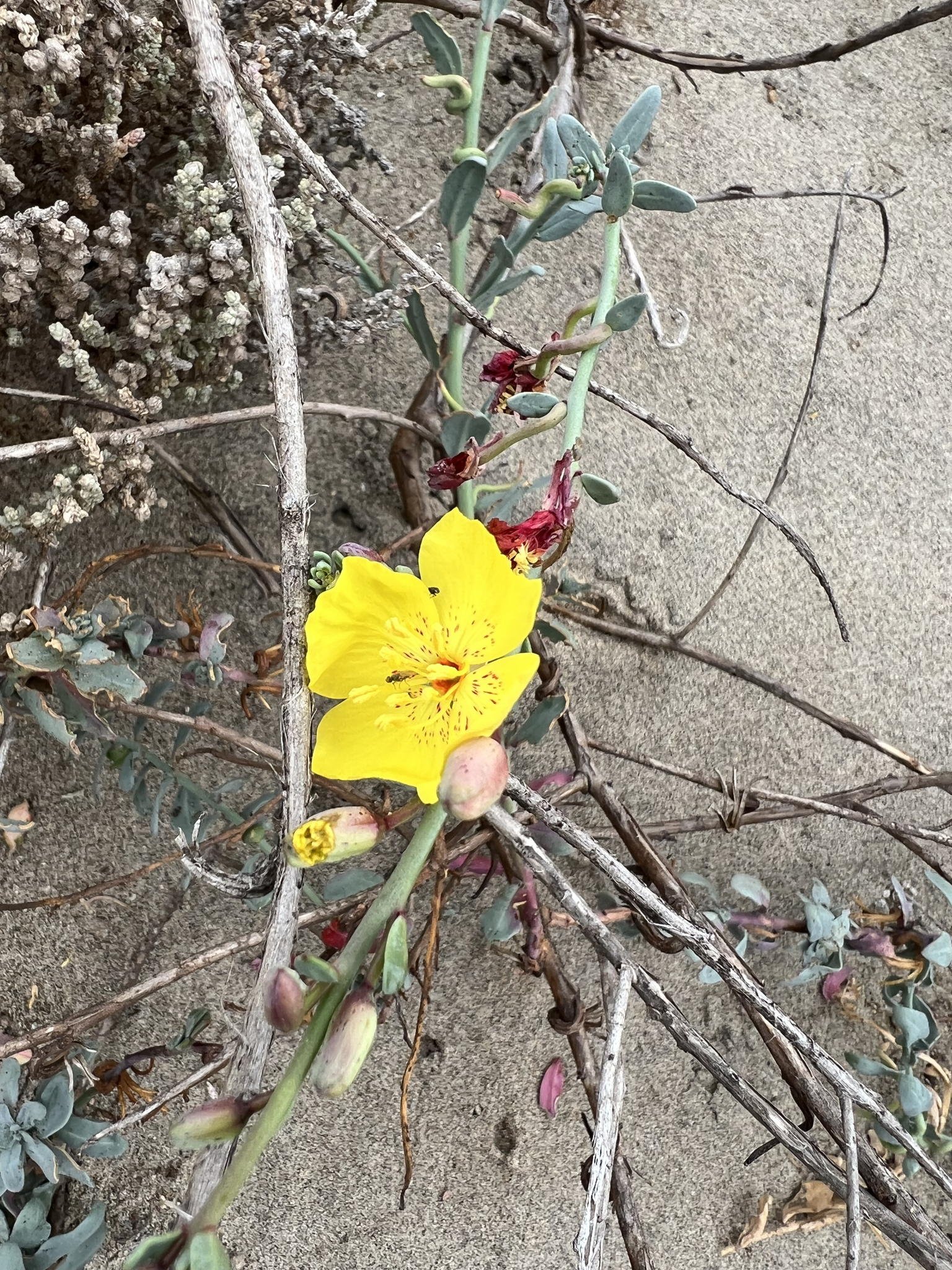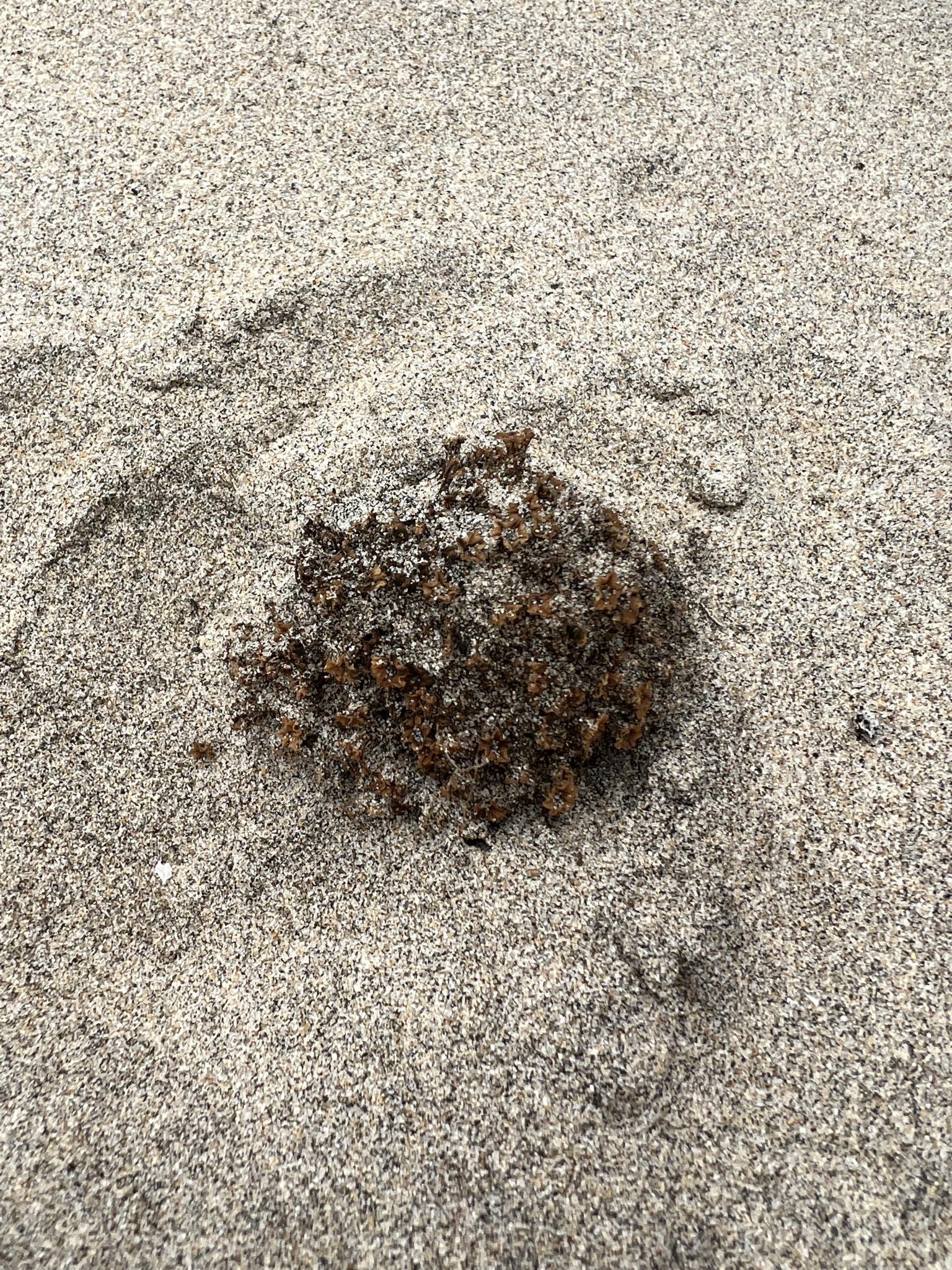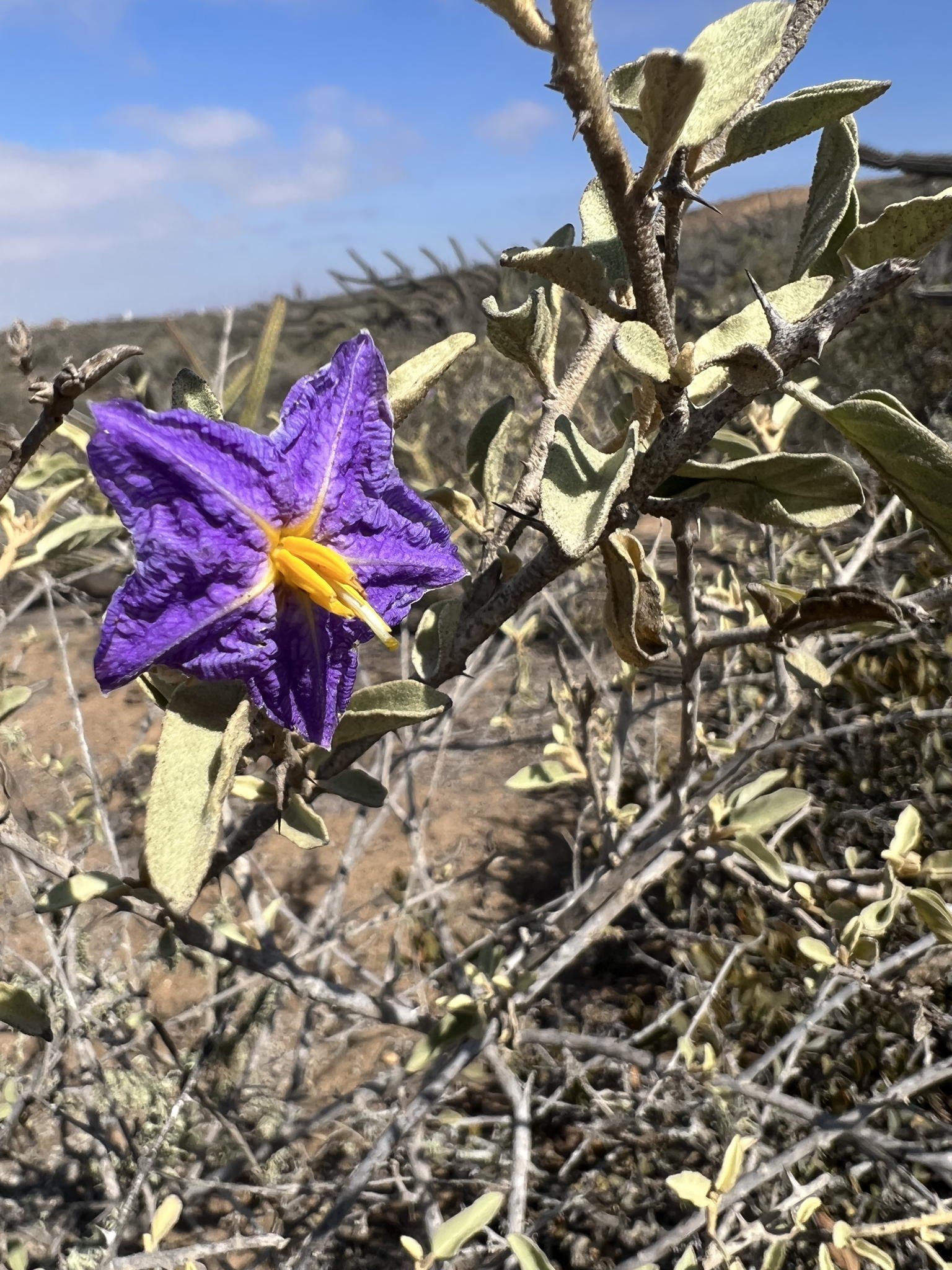Last month I had a research trip to Bahía de San Quintín in Baja California, and it was kind of amazing.
If you didn’t know, Bahía de San Quintín is one of my favorite places on earth, and one of my research sites since the mid 1990’s, when Paul Dayton introduced Theresa and I to the region. San Quintín is a beautiful bay, dotted with volcanoes, and full of relatively pristine wetlands, mud flats, sand dunes, coastal scrub, and lush, extensive seagrass beds. It is not a downside that the oyster farms in part of the bay yield delicious, inexpensive oysters.
But in all of my years in Bahía de San Quintín, my research has exclusively been around the bay itself. What I didnt realize until a few years ago is that there is a system of dunes just south of the bay that are stunningly beautiful and fascinating - the El Socorro Dunes. These dunes are a real biodiversity hotspot, full of endemics (species that live nowhere else), and like many coastal habitats, gravely threatened by human activity.
The purpose of my trip was to go down and learn more about the dunes with my graduate student, Natalie. Natalie’s thesis project is re-visiting the vegetation of the El Socorro dunes, which were last comprehensively censused back in 2010 by Dr. Sula Vanderplank. If that name sounds familiar, it is because A) she is an amazing and prolific scientist who specializes in plants of the Baja California peninsula, and B) I posted something praising what a great mentor she is HERE. The fact that the author of the study we are replicating is actually assisting with this work is a real asset, both scientifically (we will be certain all methods match perfectly) and personally (we get an excuse to spend time with Sula).
The timing of the trip could not have been much better either. First, we were picking Sula up in Ensenada, where she was at an event for her newest book, A Guide to the Flora of the Sierra de San Pedro Mártir. Better still, that meant I got to see two of my other favorite people, Alan Harper (Ecologist/Photographer/Philanthropist) and Jon Rebman (Curator of Botany for the San Diego Natural History Museum, expert on Baja and San Diego plants, and all around nice guy). More about them in the future, but I got to say hi to them when we passed through Ensenada.
We were joined by someone I had never met before, Dra. Natalia A. Rodríguez-Revelo, who quickly joined my list of “favorite people to do fieldwork with”. Natalia is, like Sula, one of those amazing ecologists who seems to know a LOT about almost everything. She started, I believe, as a geomorphologist looking at dunes, but is also a talented botanist, professor at Universidad Autónoma de Baja California, and, in recent years, has been involved with the Dune Bugs project at the San Diego Natural History Museum with Michael Wall and others, identifying and studying arthropods using the dunes. Better still, she is not just a great scientist but delightful to be in the field with.
While we only had a few days down there on this trip, we got a LOT done, saw some breathtakingly beautiful plants and scenery, and also got to overlap with friends from CSULB, SCCWRP, and Terra Peninsular (more on them in a future post).
This whole thing cemented my current attitude towards research - my priority is to do work with friends I care about, in places I love, on topics I find fascinating. This trip was a great example of that.
